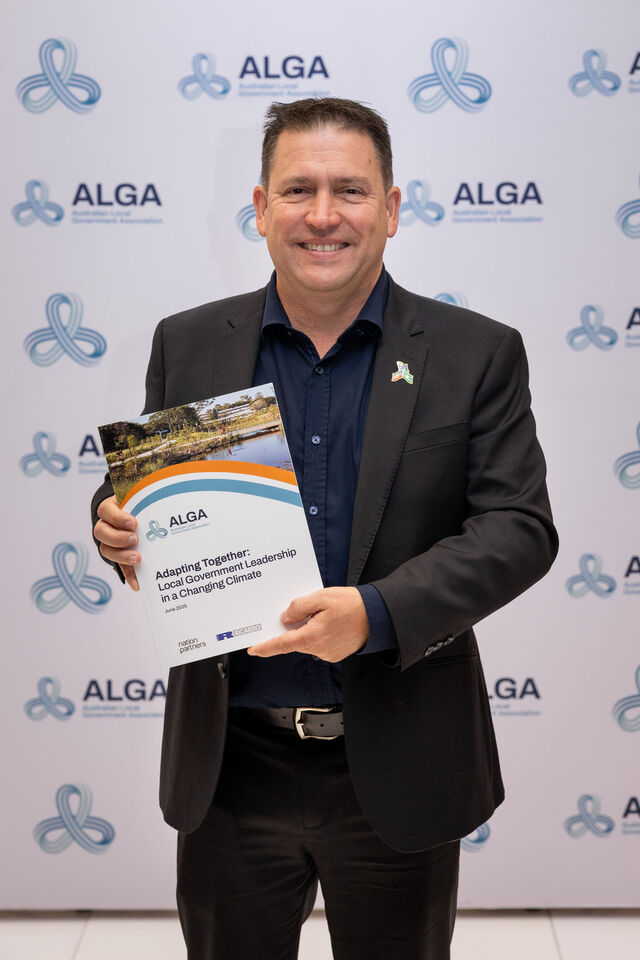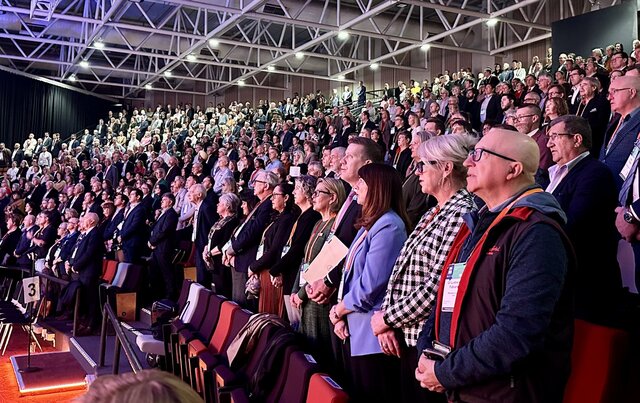Aberdeenshire Council in northeast Scotland covers an area of 6,313 square kilometres, has 236,000 residents and an annual budget of $AUD931,000. As well as the usual Local Government services, it provides 14,000 Council houses and runs 180 schools. As such, it has around 10,000 employees (FTE).
Council’s CEO, Alan Campbell, and Council’s Kaizan Champion, Pat Browne, presented a paper on the Kaizan Model at the 2008 International Leading Practices Symposium hosted by Local Government Managers Australia last May.
Alan Campbell said that within all organisations staff offer enormous potential to be tapped into.
“Your staff all have outside interests, they are involved in community groups and often have skills from other jobs they may have had, but are most likely not making use of all this potential at work,” Alan Campbell said. “Senior managers should go back to the floor and work with staff to see exactly how much people care about their jobs.
“Staff come to work to do a good job, but it is often management that gets in the way of this. We are often perpetuating systems that are looking for defects.
“What we should be doing is ensuring we have processes in place so that all staff can continually contribute to making improvements.”
Kaizan Champion Pat Browne said that the Kaizan model was first developed by Japanese car maker Toyota. Based on making small improvements everyday, Toyota soon became eight times more profitable than its nearest competitor. It did this by realising it needed to empower its most important asset, its workers, so they are able to make improvements they see as necessary.
“To tap into our workforce potential, Aberdeenshire established working groups so people were able to move their ideas forward,” Pat Browne said. “We adopted but then adapted the Kaizan model so as to make it our own.”
She said a Kaizan blitz was unleashed to develop processes that would:
- eliminate waste (things that were not adding
any value for residents) - improve process flows to ensure we were not backtracking
- focus fully on customers both external and
internal - elimimate defects so that errors were not
being passed on - provide flexibility and multi skilling
- standardise procedures so improvements could be measured and monitored
- reward and encourage innovation.
Within each service area, a group of staff was formed and then given a four and half day time frame to identify one critical business issue and then come up with ways to address this issue.
Since the Kaizan model was adopted, some 54 issues have been tackled and over 500 staff have been actively involved in at least one of these projects.
Pat Browne said that critical factors for success have been senior management commitment to the process, a willingness to change organisational culture and a proviso that project teams had to come up with real improvements, not just ways to reduce staff.
“It is not always easy and is not perfect, but the Kaizan process is hugely worthwhile for both staff and the organisation,” Pat Browne said.
For further information contact Pat Browne email pat.browne@aberdeenshire.gov.uk







